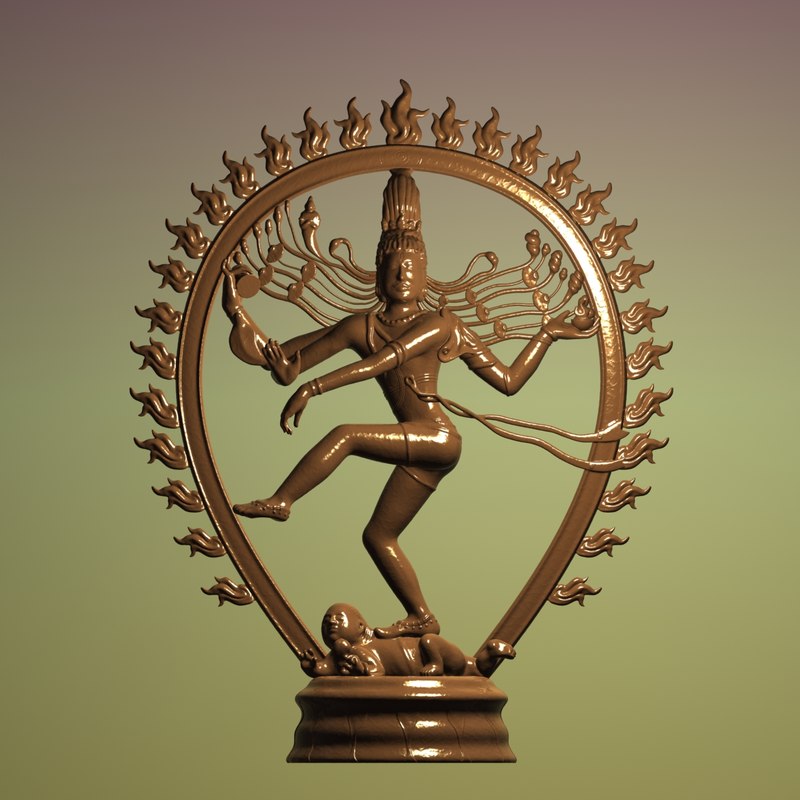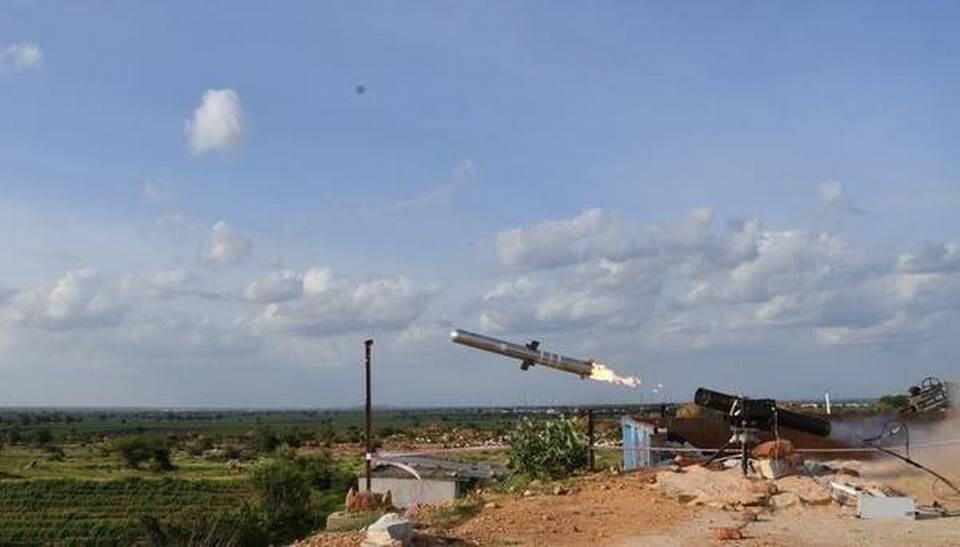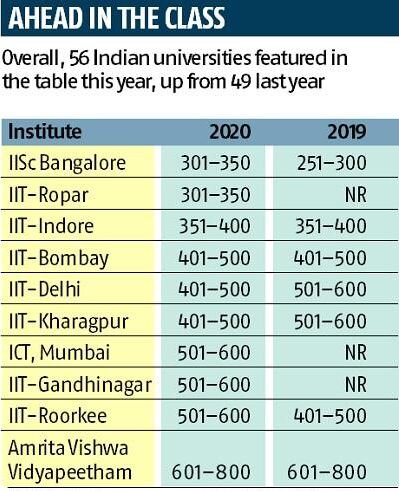Indian Polity
Ladakh Under Sixth Schedule
The National Commission for Scheduled Tribes (NCST) has recommended that the Union Territory (UT) of Ladakh be included in the Sixth Schedule of the Constitution.
- NCST, a constitutional body to safeguard socio-cultural rights of Scheduled Tribes, was entrusted with the responsibility of examining the status of tribals in Ladakh, by the Centre.
- If included, Ladakh will be the only UT in the Sixth Schedule. Also, bestowing such a status to Ladakh would require a constitutional amendment.
Reasons Behind the Recommendation
- It is estimated that more than 90% of Ladakh’s population is tribal. The primary Scheduled Tribes (STs) in Ladakh are Balti Beda, Bot (or Boto), Brokpa (or Drokpa, Dard, Shin), Changpa, Garra, Mon and Purigpa.
- Thereby several distinct cultural heritages of these communities in Ladakh region needs to be preserved and promoted.
- Prior to the creation of Union Territory of Ladakh, people in Ladakh region had certain agrarian rights including right on land which restricted people from other parts of the country to purchase or acquire land in Ladakh.
- Inclusion in the sixth schedule will help in democratic devolution of powers in the region and will also enhance the transfer of funds for speedy development of the region.
Sixth Schedule
- The Constitution, under Sixth Schedule, contains special provisions for the administration of tribal areas in the four north-eastern states of Assam, Meghalaya, Tripura and Mizoram.
- Autonomous Districts: The tribal areas in these four states have been constituted as autonomous districts. The governor is empowered to organise and re-organise the autonomous districts.
- The acts of Parliament or the state legislature do not apply to autonomous districts or apply with specified modifications and exceptions.
- The power of direction, in this regard, lies either with the President or Governor.
- District Council: Each autonomous district has a district council consisting of 30 members, of whom four are nominated by the Governor and the remaining 26 are elected on the basis of adult franchise.
- The elected members hold office for a term of five years (unless the council is dissolved earlier) and nominated members hold office during the pleasure of the governor.
- Each autonomous region also has a separate regional council.
- Powers of the Council: The district and regional councils administer the areas under their jurisdiction.
- They can make laws on certain specified matters like land, forests, canal water, shifting cultivation, village administration, the inheritance of property, marriage and divorce, social customs and so on. But all such laws require the assent of the Governor.
- They can constitute village councils or courts for trial of suits and cases between the tribes. They hear appeals from them. The jurisdiction of the high court over these suits and cases is specified by the governor.
- The district council can establish, construct or manage primary schools, dispensaries, markets, ferries, fisheries, roads and so on in the district.
- They are empowered to assess and collect land revenue and to impose certain specified taxes.
National Commission for Scheduled Tribes
- Formation: The National Commission for Scheduled Tribes (NCST) was established by amending Article 338 and inserting a new Article 338A in the Constitution through the Constitution (89th Amendment) Act, 2003.
- By this amendment, the erstwhile National Commission for Scheduled Castes and Scheduled Tribes was replaced by two separate Commissions namely- the National Commission for Scheduled Castes (NCSC), and the National Commission for Scheduled Tribes (NCST) w.e.f. 19th February 2004.
- Composition: The National Commission for Scheduled Tribes has a Chairperson, a Vice-Chairperson and 3 other Members. These are are appointed by the President by warrant under his hand and seal.
- One of the three other Members has to be a woman.
- The Vice-Chairperson and all other Members, out of whom at least two are appointed from amongst persons belonging to the Scheduled Tribes.
- Term of Office:
- The term of office of each member of the Commission is three years from the date of assumption of charge.
- The members are not eligible for appointment for more than two terms.
- Functions:
- To monitor all matters relating to the safeguards provided for the Scheduled Tribes under the Constitution or under any other law or under any order of the Government
- To participate and advise on the planning process of socio-economic development of the Scheduled Tribes,
- To evaluate the progress of their development under the Union and any State,
- To present to the President, annually and at such other times as the Commission may deem fit, reports upon the working of those safeguards.
- Headquarters: New Delhi.
Governance
Jeevan Kaushal Programme
Recently, the Government has launched the Curriculum for Life Skills (Jeevan Kaushal) programme designed by the University Grants Commission (UGC).
- Jeevan Kaushal is aimed at:
- Inculcation of an Emotional Intelligence.
- Development of Intellectual Competencies.
- Development of verbal and non-verbal communication skills.
- The program has been framed for Undergraduate courses across the country.
- The Designed program is for 8 credit points and can be accommodated in any semester of the course.
- The program will comprise of four courses:
- Communication skills,
- Professional and Leadership skills,
- Problem-solving and Decision-making,
- Universal human values.
Indian Institute of Skills, Mumbai
- Also, to make India the Skill Capital of the World, the Union Minister for Skill Development and Entrepreneurship (MSDE) has laid the foundation stone of the Indian Institute of Skills (IIS) at Mumbai.
- It will provide skill training to students who want to pursue technical education after completing Class X and Class XII, making them employable and industry-ready.
- The Tata Education Development Trust (TEDT) is the private partner for setting up IIS in Mumbai.
Indian Institute of Skills (IIS)
- Indian Institute of Skills (IIS) are in line with Institutes of Eminence (IoEs) including IITs and IIMs.
- IIS aims to enrol 5,000 students per year with campus placement of 70% trainees.
- The Union Cabinet has given its nod to set up Indian Institute of Skills (IISs) in three locations of the country :
- Mumbai
- Ahmedabad
- Kanpur
- These institutes will be constructed & operated on a PPP (Public-Private Partnership) model and on a not-for-profit basis.
- It will facilitate learnings and training through strong industry connect in both the public and private sectors.
- It will help promote programs like Make in India, Skill India as well as to cater to the demand of Industry 4.0.
Governance
National Animal Disease Control Programme & National Artificial Insemination Programme
Recently, the Prime Minister launched the National Animal Disease Control Programme (NADCP), to control and eradicate the Foot & Mouth Disease (FMD) and Brucellosis amongst the livestock in the country, at Mathura.
Key Highlights
- National Animal Disease Control Programme (NADCP)
- The following are the aims of NADCP programme:
- To vaccinate over 600 million cattle in the country in an effort to mitigate the two diseases namely, the Foot & Mouth Disease, & brucellosis.
- The programme also aims at vaccinating 36 million female bovine calves annually in its fight against the brucellosis disease.
- To control the livestock diseases by 2025, and eradicate them by 2030.
- The livestock that will be covered under the programme includes cattle, buffalo, sheep, goats, and pigs against the FMD.
- The project will be fully funded by the Central Government.
- The following are the aims of NADCP programme:
- The Prime Minister also launched the National Artificial Insemination Programme and a country-wide workshop in all the Krishi Vigyan Kendras (KVKs) throughout the 687 districts of the country on ‘vaccination and disease management, Artificial Insemination and Productivity’.
- The launch of ‘Swachhta Hi Seva’ programme on reducing the usage of single-use plastics in the country was one of the key highlights of the event.
Way Forward
- Animal Husbandry and other allied activities have a greater role to play in increasing the farmers’ income. Investments in Animal Husbandry, Fisheries, bee-keeping, inter alia will bring more returns to the farmers.
- In the last five years, India has followed a new approach to farming and allied activities. Innovation and new technology is the need of the hour, to expand the Dairy Sector in India. The launch of the “Start-up Brand Challenge” to appreciate innovations coming from the villages is a welcome step in this regard.
National Artificial Insemination Programme
- Artificial insemination is a novel method of bringing about impregnation in female breeds.
- It prevents the spread of certain diseases which are genital in nature, thereby enhancing the efficiency of the breed.
Krishi Vigyan Kendras (KVKs)
- KVK is an integral part of the National Agricultural Research System (NARS), which aims at the assessment of location-specific technology modules in agriculture and allied enterprises, through technology assessment, refinement, and demonstrations.
- KVKs have been functioning as Knowledge and Resource Centre of agricultural technology supporting initiatives of public, private and voluntary sectors for improving the agricultural economy of the district and are linking the NARS with extension system and farmers.
- The KVK is 100% funded by the Government of India.
- The first KVK was established in 1974 at Puducherry.
Swachhta Hi Seva Campaign
- Swachhta Hi Seva initiative aims at accelerating the momentum of Swachch Bharat Mission and converting it into a Jan-Andolan for realizing the vision of a Clean India, reinforcing the belief that ‘Sanitation is everyone’s business’.
Important Facts For Prelims
Lord Natraja
An antique panchaloha ( an alloy of gold (Au), silver (Ag), copper (Cu), zinc (Zn) and iron (Fe)) idol of Lord Nataraja, stolen from a temple in southern Tamil Nadu and smuggled to Australia 37 years ago, has been brought back to India.
Lord Natraja
- Nataraja (Lord of the Dance), the Hindu god Shiva in his form as the cosmic dancer, is represented in metal or stone in many Shaivite temples, particularly in South India.

- It is an important piece of Chola sculpture.
- Some of the features of the Nataraja sculpture are:
- The upper right-hand holds the drum, which signifies the sound of creation. All creations spring from the great sound of the damru.
- The upper left-hand holds the eternal fire, which represents the destruction. Destruction is the precursor and inevitable counterpart of creation.
- The lower right hand is raised in the gesture of Abhay mudra signifying benediction and reassuring the devotee to not be afraid.
- The lower left-hand points towards the upraised foot and indicates the path of salvation.
- Shiva is dancing on the figure of a small dwarf. The dwarf symbolises ignorance and the ego of an individual.
- The matted and flowing locks of Shiva represent the flow of river Ganges.
- In ornamentation, one ear of Shiva has a male earring while the other has female. This represents the fusion of male and female and is often referred to as Ardhanarishwar.
- A snake is twisted around the arm of Shiva. The snake symbolises the kundalini power, which resides in the human spine in the dormant stage. If aroused, one can attain true consciousness.
- The Nataraja is surrounded by a nimbus of glowing lights which symbolises the vast unending cycles of time.
Important Facts For Prelims
World University Rankings 2020
The TIMES Higher Education (THE) recently released its World University Rankings 2020 edition.
- In its 16th edition, THE’s World University Rankings 2020 included over 1,300 universities from 92 countries.
- 56 Indian institutions (up from 49 last year) made entry into the table this year, making India the fifth most-represented country in the list and the third in Asia (behind Japan and China).
- The University of Oxford retained the top position for the consecutive fourth year.
- The Indian Institute of Science (IISc) Bangalore topped the Indian universities on the list (although its ranking fell from the 251-300 group in 2019 to the 301-350 bracket in 2020). It now shares this position with the Indian Institute of Technology (IIT) Ropar- which made a debut entry into the list.
- It is the first time since 2012, that an Indian university has not featured in the top 300 of the ranking.
- According to THE, the best Indian institutions are generally characterized by relatively strong scores for teaching environment and industry income, but when it comes to an international outlook they perform poorly.
- The Indian government has strong ambitions to boost the global standing of its top universities and attract foreign students, academics and research collaboration. It now needs to back up these aspirations with high levels of investment, increasing global competition.
Important Facts For Prelims
DRDO Successfully Tests Indigenous Anti-tank Missile
Recently, the Defence Research and Development Organisation (DRDO) has successfully flight tested indigenously developed Man-Portable Antitank Guided Missile (MPATGM).
- It is low weight and fire and forget missile.

- The missile was launched from a man-portable Tripod launcher.
- This is the third series of successful testing of MPATGM.
- The missile is incorporated with Infrared Imaging Seeker along with advanced avionics.
Important Facts For Prelims
Exercise HimVijay
The Army is scheduled to conduct a major Exercise ‘HimVijay’ beginning October 2019 in Arunachal Pradesh and Assam with its newly created Integrated Battle Groups (IBG).
- It will witness around 15,000 soldiers in three IBGs, carved out of the 17 Mountain Strike Corps, being tested for mountain warfare in terms of operational viability and logistics.
- The Indian Airforce (IAF) will also participate for airlifting of soldiers and equipment as well as inter-valley transfer.
- The exercise will coincide with the proposed visit of Chinese President Xi Jinping for the second informal summit with Prime Minister Narendra Modi.
Integrated Battle Groups
- The IBGs are part of overall force transformation initiated by the Army.
- They are brigade-sized agile self-sufficient combat formations which can swiftly launch strikes against an adversary in case of hostilities.
- The Army is in the process of reorganising its major Corps into the IBGs, though the number of IBGs had not been decided yet.
- Each IBG is tailor-made based on three T’s (Threat, Terrain and Task) and resources will be allotted based on the three T’s. They are tailored to mobilise within 12-48 hrs based on their location.
17 Mountain Strike Corps
- The creation of the Corps was cleared by the Cabinet Committee of Security in 2013.
- These are formed to launch offensive operations against the northern adversary.
- Also known as the Brahmastra Corps, it seems to be China-specific Strike Corps as it is located in close proximity to China.
- These are based at Panagarh, West Bengal.
Important Facts For Prelims
Disaster Management Tool
The State Government of Maharashtra to come up with a disaster risk management tool for reducing the damage that is caused by floods.
- The project will be supported by the United States Trade and Development Agency (USTDA- an independent American think tank).
- According to a preliminary report of the USTDA, between 2005 and 2015, over 3,000 people died in floods in the Mumbai Metropolitan Region (MMR) alone.
- The report stated that in the state there were many loopholes in the system such as,
- Vulnerable disaster-prone areas were not being properly identified,
- New infrastructure projects that were taken up did not take the hazard levels under consideration.
- The report recommended that the government must implement a flood management and vulnerability risk framework through an integrated technology platform.
- According to the report, there is a need to devise a disaster vulnerability risk index.
- A vulnerability index could include a measurement framework with key indicators for reliability assessment, & responding to data quality issues.
- The index will comprise of 3 key components:
- Assessment of vulnerable zones,
- Monitoring the flood impact, and
- The undertaking of continuous assessment.
- A similar tool was designed earlier in Brazil and Thailand, on GIS-based flood maps and zoning for early warning and forecasts.
- A real-time decision support system provides short and medium-term flood forecasting, reducing the damaging impact of floods.






